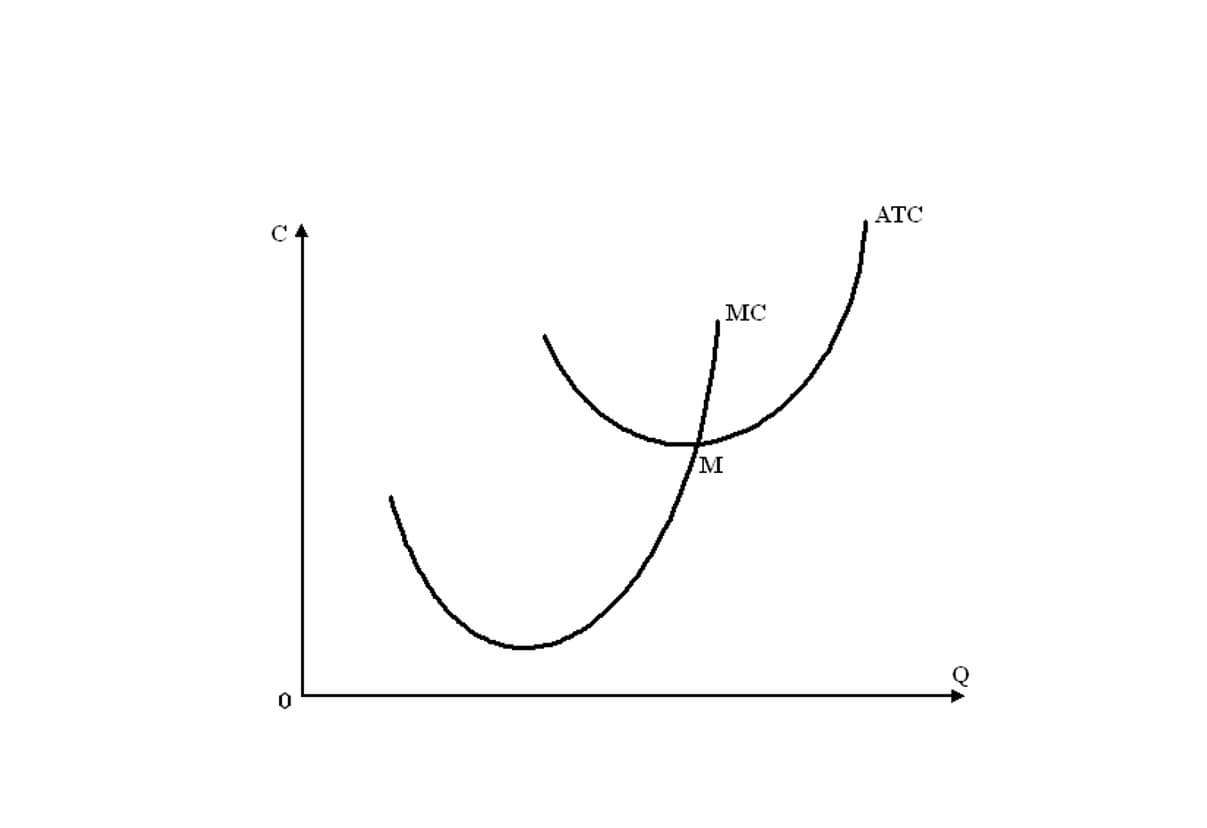
Because shareholders’ equity is equal to assets minus liabilities, ROE is essentially a measure of the return generated on the net assets of the company. Since the equity figure can fluctuate during the accounting period in question, an average shareholders’ equity is used. Shareholder equity (SE) is a company’s net worth and it is equal to the total dollar amount that would be returned to the shareholders if the company must be liquidated and all its debts are paid off. Thus, shareholder equity is equal to a company’s total assets minus its total liabilities.
- This balance can be used to determine the profitability of a company or to determine an investor’s stake of ownership.
- Thus, shareholder equity is equal to a company’s total assets minus its total liabilities.
- It is also the most heavily relied on approach, as it incorporates all aspects of a business and is, therefore, considered the most accurate and complete measure.
- Treasury shares continue to count as issued shares, but they are not considered to be outstanding and are thus not included in dividends or the calculation of earnings per share (EPS).
- Shareholders’ equity can also be calculated by taking the company’s total assets less the total liabilities.
- It might not seem like much, but without it, we wouldn’t be able to do modern accounting.
Access and download collection of free Templates to help power your productivity and performance. Balancing assets, liabilities, and equity is also the foundation of double-entry bookkeeping—debits and credits. Here’s a simplified version of the balance sheet for you and Anne’s business. There is also such a thing as negative brand equity, which is when people will pay more for a generic or store-brand product than they will for a particular brand name. Negative brand equity is rare and can occur because of bad publicity, such as a product recall or a disaster. For example, many soft-drink lovers will reach for a Coke before buying a store-brand cola because they prefer the taste or are more familiar with the flavor.
What Is Stockholders’ Equity?
A PIPE is a private investment firm’s, a mutual fund’s, or another qualified investors’ purchase of stock in a company at a discount to the current market value (CMV) per share to raise capital. Return on assets (ROA) and ROE are similar in that they are both trying to gauge how efficiently the company generates its profits. However, whereas ROE compares net income to the net assets of the company, ROA compares net income to the company’s assets alone, without deducting its liabilities. In both cases, companies in industries in which operations require significant assets will likely show a lower average return.
Equity, also referred to as stockholders’ or shareholders’ equity, is the corporation’s owners’ residual claim on assets after debts have been paid. Looking at the same period one year earlier, we equity equation can see that the year-on-year change in equity was a decrease of $25.15 billion. The balance sheet shows this decrease is due to both a reduction in assets and an increase in total liabilities.
How to Use Return on Equity
Born in the Caribbean island of Curaçao, the Dutch businessman—whose full name is Louis Rodolph Jules Ridder van Rappard—lives in London. His Luxembourg-based family office, Steflot, held $224 million in net book value as of its latest filing in December 2022, including investment firm Imker Capital. Let’s assume that Jake owns and runs a computer assembly plant in Hawaii and he wants to know his equity in the business.
If it’s financed through debt, it’ll show as a liability, but if it’s financed through issuing equity shares to investors, it’ll show in shareholders’ equity. Mackenzie, who stepped down as co-chair of the firm on February 13 and remained on the board as honorary co-chair in a non-executive capacity until the IPO, also sold a chunk of shares worth $180 million (pretax). That could grow by another $27 million (at the IPO price) if the company exercises its over-allotment option within 30 days.

